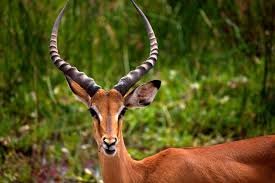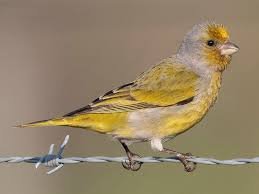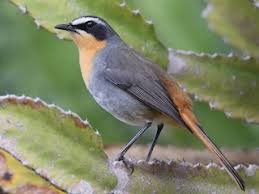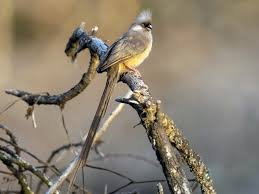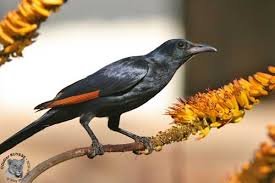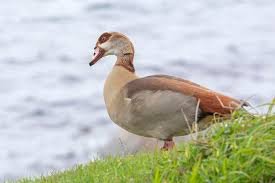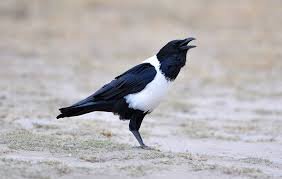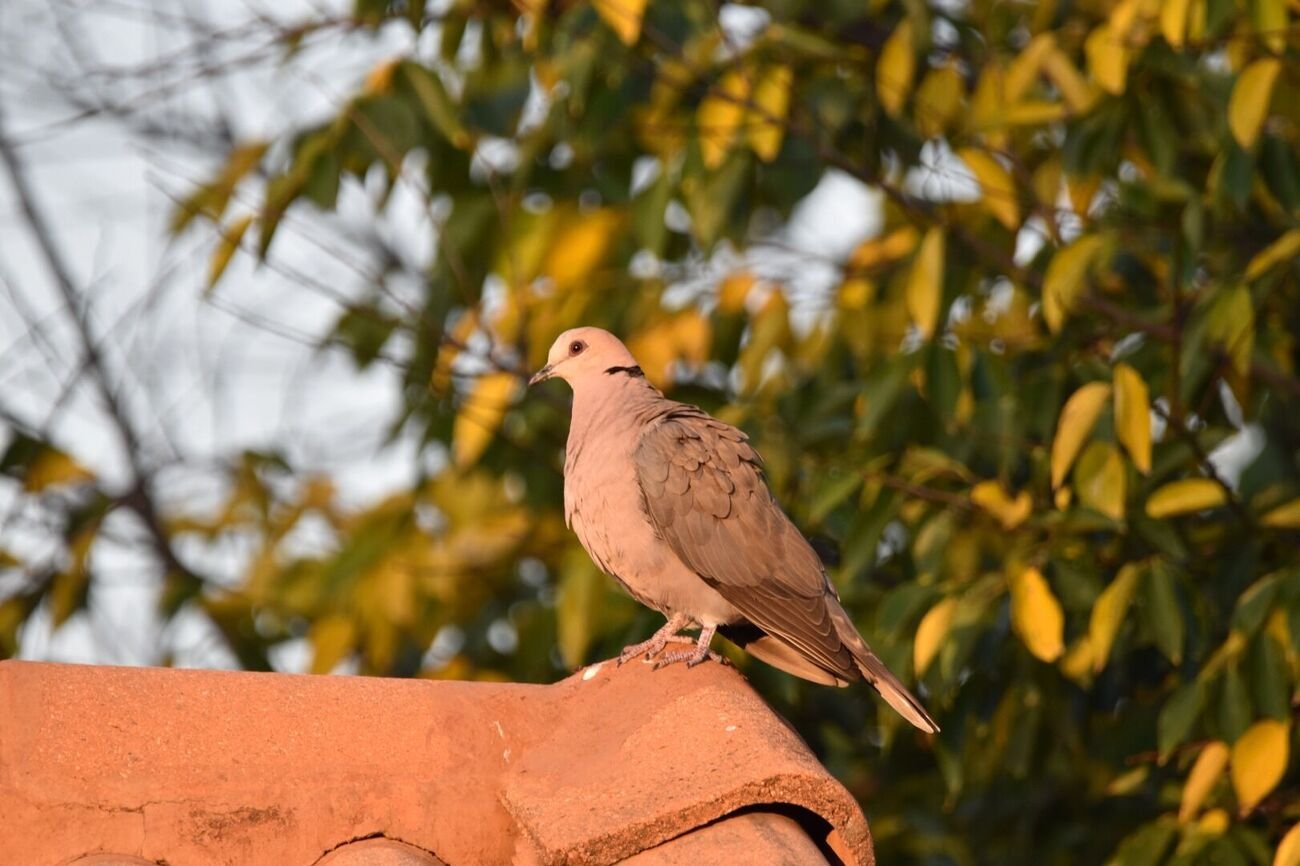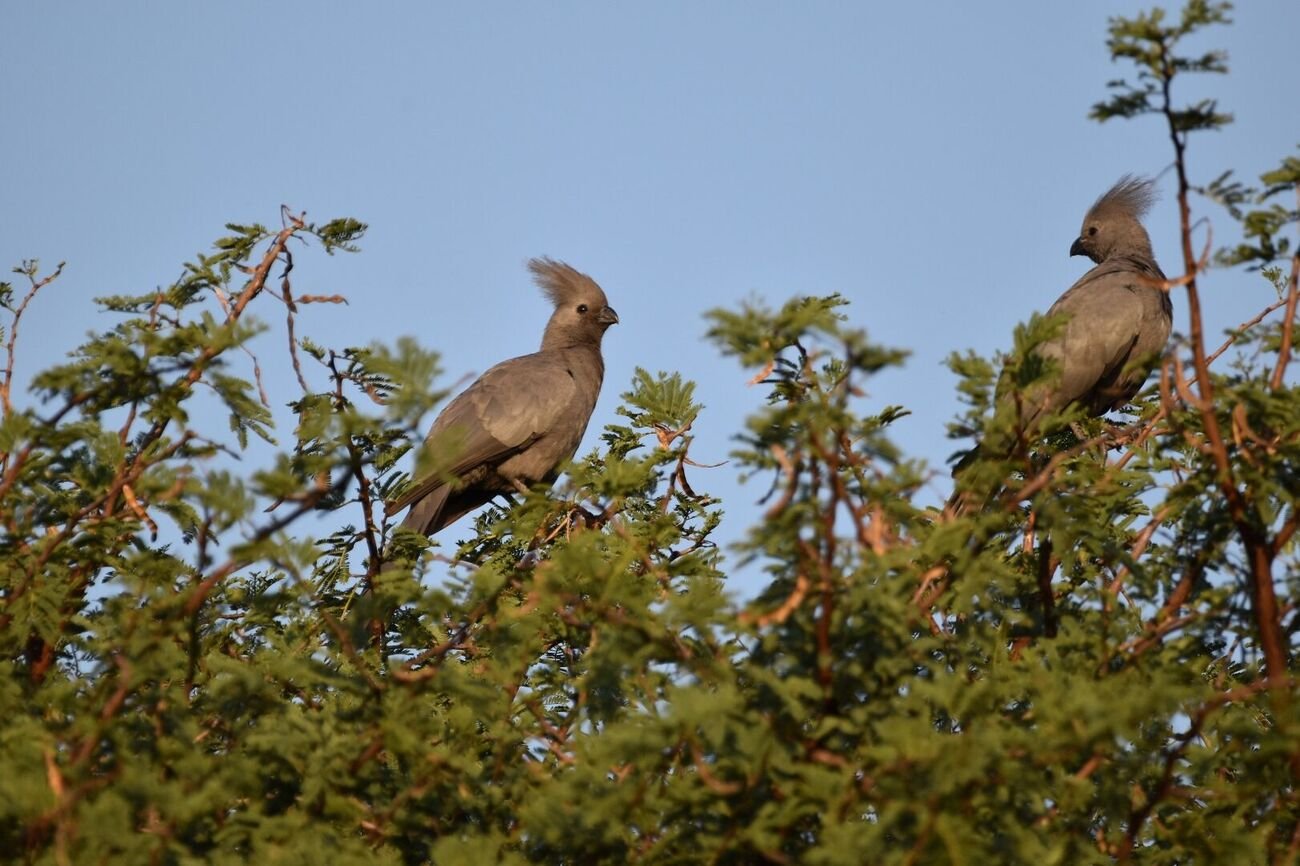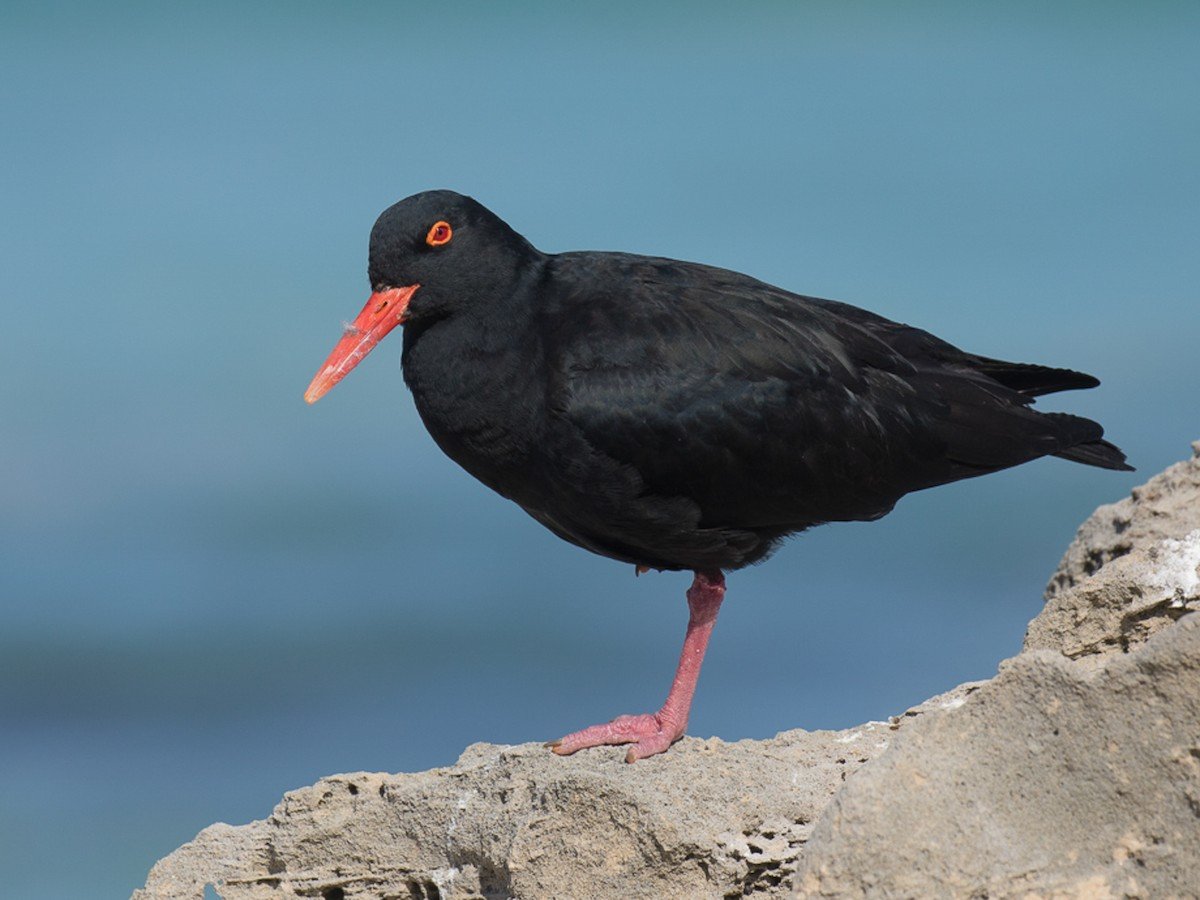Biodiversity of South Africa and Zimbabwe
FSCJ’s Study Abroad Program (May 10-20, 2025)
Cape Town
The cold Benguela current flows from Antarctica to the Cape of Good Hope and confluences with the Agulhas current from the Indian Ocean, giving Cape Town a Mediterranean climate with hot, dry summers and mild, wet winters. In May expect temperatures between 55˚F and 72˚F, and a decent chance of rain. Cape Town’s varied topography includes mountains, valleys, and coastal areas, creating a multitude of microclimates supporting diverse ecosystems. This gives Cape Town and its surrounding region exceptional biodiversity, known as the Cape Floristic Region. The Cape Floristic Region is one of the world’s six floral kingdoms and home to over 9,000 plant species, 69% of which are found nowhere else in the world. The dominant vegetation type in the region consists of shrubland dominated by fynbos, literally “fine bush.” Fynbos are ericoides, small evergreen shrubs with small, thick leaves. This ecoregion contains a rich variety of fire-adapted plant species, including notable species such as proteas, restios, and heaths. Cape Town itself is surrounded by various nature reserves, like the Cape Point Nature Reserve, home to indigenous wildlife including the Cape leopard, baboons, and several antelope species. Cape Town is also renowned for its birdlife, hosting a variety of species, particularly in wetland areas along the city's coastline, key habitats for migratory birds. Cape Town’s coastline is incredibly rich in marine life, due to the confluence of the warm Agulhas current from the Indian Ocean and the cold Benguela current from the Atlantic. This creates an area of high marine biodiversity, including: seals, bottlenose dolphins, and the southern right whale.
Cape Peninsula
Much of the Cape Peninsula is covered by Table Mountain National Park, which safeguards not only unique plant life but also intricate ecological processes, such as the role of fire in maintaining fynbos diversity. Many of the plants found in this region have evolved specific adaptations to survive and regenerate after wildfires, including fire-stimulated seed release and smoke-triggered germination, where the plants are killed but the seeds only generate after a fire. Other plants vegetatively resprout from underground root stocks and have a thick, insulating bark. In addition to its terrestrial biodiversity, the Peninsula plays an important role in marine ecology; the nutrient-rich waters along its coastline support dynamic food chains, including large schools of fish that attract seabirds and marine predators. The surrounding waters are also part of vital migratory routes for marine species, making the Peninsula a key observation point for oceanic wildlife behavior. The Cape Peninsula holds cultural and scientific significance, with a long history of botanical exploration dating back to the 17th century, contributing to South Africa's reputation as a center of plant research and conservation.
Boulders Beach
Boulders Beach, located near Simon’s Town on the Cape Peninsula just outside of Cape Town, is a unique coastal destination known for its stunning granite boulders, turquoise waters, and its most famous residents—the African penguins. We can expect temperatures between 52°F and 66°F, with a chance of rain but often clear skies perfect for coastal exploration. The calm, sheltered coves created by ancient granite rocks provide a safe habitat for the endangered African penguin, one of only a few places in the world where you can observe them at close range in the wild. These coastal waters are also rich in marine life due to the mixing of the cold Benguela and warm Agulhas currents, supporting ecosystems that include seals, dolphins, and numerous seabirds. Boardwalks through the dunes protect nesting sites and allow visitors to observe the penguins without disturbing their habitat.
Johannesburg
Johannesburg has a subtropical highland climate, characterized by warm, wet summers and cool, dry winters. The city sits 5,700 ft above sea level on the Highveld plateau. It has a subtropical highland climate, giving it warm, rainy summers and cool, dry winters. In May, we can expect crisp, sunny days with temperatures between 46°F and 66°F. Johannesburg lies within the Highveld grassland biome dominated by rolling grasslands, with a mix of shrubs and occasional small trees, mostly acacias. The fertile soils and moderate rainfall in the region historically supported vast herds of grazing animals and predators, though much of this land has now been urbanized or transformed by agriculture. Notable ecological areas include the Melville Koppies Nature Reserve, which protects a piece of the original grassland and hosts indigenous plants such as wild grasses, aloes, and proteas, as well as animals like rock hyraxes and mongooses. Klipriviersberg Nature Reserve is the area’s largest nature reserve housing 600 plant and 230 bird species. Birdlife in the area is diverse, with species such as the hadeda ibis, black-collared barbet, and even birds of prey like the black-shouldered kite found in and around the city. Johannesburg's rivers and wetlands—such as those along the Jukskei and Klip Rivers—are important for local biodiversity, acting as corridors for plant and animal species within the urban matrix and supports frogs, dragonflies, and wetland bird species.
Waterfall City
Waterfall City, located between Johannesburg and Pretoria, is one of South Africa’s fastest-growing urban developments, a modern, master-planned city designed with sustainability, innovation, and lifestyle in mind. Built on land that was once farmland and open grassland, Waterfall City integrates green infrastructure with urban design, featuring eco-conscious buildings, walkable neighborhoods, and landscaped public spaces. While it may not have the deep historical legacy of older cities, Waterfall City reflects the future of urban South Africa, with smart city technology, renewable energy initiatives, and a focus on live-work-play environments. The development also includes greenbelts and nature areas that support local birdlife and native vegetation, preserving aspects of the original Highveld grassland ecology.
Pretoria
The city of Pretoria also sits on the Highveld plateau at an elevation of roughly 4,500 feet above sea level. We can expect temperatures to range between 53˚F and 75˚F with minimal rainfall. Pretoria’s landscape is defined by rolling hills, grasslands, and scattered rocky outcrops. The city lies at the intersection of different ecoregions, creating transition zones that support diverse plant and animal life. The dominant biome in the region is the savanna, characterized by tall grasses interspersed with acacia and marula trees. Interspersed within the savanna is bushveld vegetation, dense clusters of woody vegetation. Indigenous plant species include various aloes, wild olives, and karee trees, as well as a rich array of grasses adapted to the seasonal rainfall and fire cycles. Pretoria is home to the Magaliesberg mountain range to the north and several nature reserves such as the Groenkloof Nature Reserve and Rietvlei Nature Reserve. These reserves are home to species like zebra, eland, ostrich, jackals, and various antelope, as well as over 300 species of birds, including secretary birds, hornbills, and eagles. Seasonal wetlands and rivers like the Apies River support both aquatic life and migratory birds.
Victoria Falls
Victoria Falls sits at 3,000 feet above sea level on a Southern African Plateau along the border of Zimbabwe and Zambia. We can expect warm, dry weather with daytime temperatures ranging from 55°F to 81°F, as the region transitions from the rainy season into the dry winter months. Victoria Falls lies within the Zambezi River Basin, a biologically rich area that supports miombo woodland vegetation dominated by trees such as the famous baobab (aka “The Big Tree”), Brachystegia, Combretum, and acacias, interspersed with grasslands. The fertile, river-fed environment hosts a variety of wildlife, including elephants, hippos, crocodiles, and antelope, especially within the nearby Zambezi National Park. The mist zone around the falls, where constant spray from the waterfall creates a lush, rainforest-like microclimate, is home to unique plant species like ferns, wild figs, and palms that would not otherwise grow in the surrounding dry woodland. Birdlife is abundant, with species such as the African fish eagle, trumpeter hornbill, and white-fronted bee-eater commonly seen in the area. The Zambezi River itself is a critical freshwater ecosystem, supporting aquatic biodiversity and connecting upland savannas with downstream wetlands.
Nelson Mandela Bay
Nelson Mandela Bay sits at sea level along the southeastern coast of South Africa, where the Indian Ocean meets the African continent. We can expect mild, dry weather, with daytime temperatures ranging from 55°F to 72°F, as the region shifts from summer into the cooler, wetter winter season. The bay lies at the intersection of two major biomes—the fynbos and the Albany subtropical thicket , making it a biologically rich zone with high levels of endemism and vegetation diversity. The surrounding landscape features coastal dunes, rocky shores, and inland shrublands, with plant life including aloes, proteas, and elephant bush, an edible suscculent Dr. Walker has been growing for 25 years as a bonsai! The coastline supports a variety of marine life, including bottlenose dolphins, humpback whales, and Cape fur seals, while estuaries and tidal lagoons provide key habitats for wading birds and fish nurseries. Inland, nearby reserves like Cape Recife and Kragga Kamma host wildlife such as zebra, giraffe, and various antelope, as well as raptors and other bird species.
Addo Elephant Park
Addo Elephant National Park is about an hour’s drive from Nelson Mandela Bay, and sits at an elevation of approximately 1,500 feetfeet above sea level on the Sundays River Valley plateau. We can expect cool, dry weather with daytime temperatures ranging from 50°F to 72°F. The park lies at a unique ecological crossroads where Albay subtropical thicket, Karoo scrub (even more exciting that elephants) grassland, and coastal dune biomes converge—making it one of the most biodiverse national parks in South Africa. Originally established in 1931 to protect just 11 elephants, Addo now conserves over 600 elephants, along with black rhinos, Cape buffalo, lions, spotted hyenas, and even the flightless dung beetle. The vegetation includes dense thickets of elephant bush, acacias, and aloes, which support a wide array of herbivores and browsing species. Birdlife is rich and varied, with species such as lilac-breasted rollers, black-shouldered kites, and African hoopoes commonly spotted. Addo is also unique in that it stretches from inland bush to a coastal marine reserve, offering protection to southern right whales and great white sharks—making it the only park in the world to conserve the so-called "Big 7": elephant, rhino, lion, buffalo, leopard, whale, and shark.
Sundays River
Bordering Addo, the Sundays River flows through the Eastern Cape of South Africa and empties into the Indian Ocean just outside Addo Elephant National Park. The river mouth opens into a wide estuarine system, surrounded by some of the largest coastal sand dunes in the Southern Hemisphere, which are home to unique plants and animals adapted to shifting, sandy conditions. Birdlife along the Sundays River is abundant, with regular sightings of African fish eagles, kingfishers, herons, greater flamingos and lesser flamingos, especially in the estuarine wetlands.
Robben Island
Robben Island lies just under 5 miles off the coast of Cape Town, South Africa, in the cold waters of the Atlantic Ocean, and sits just above sea level, forming a flat, low-lying landmass shaped by marine erosion and wind. We can expect cool, breezy conditions with daytime temperatures ranging from 52°F to 66°F, along with a moderate chance of rains. The island falls within the Cape Floristic Region. Despite its small size and rocky terrain, Robben Island supports a surprising variety of wildlife, including Cape fur seals, penguins, and several species of seabirds, such as kelp gulls, cormorants, and African oystercatchers. The surrounding marine ecosystem is part of a cold-water upwelling zone influenced by the Benguela Current, making it nutrient-rich and supporting marine biodiversity such as sardines, seals, dolphins, and occasionally whales. Historically, the island is best known as the site of the prison where Nelson Mandela was held for 18 of his 27 years of incarceration, and today it stands as a UNESCO World Heritage Site and powerful symbol of South Africa’s struggle for freedom and justice.










